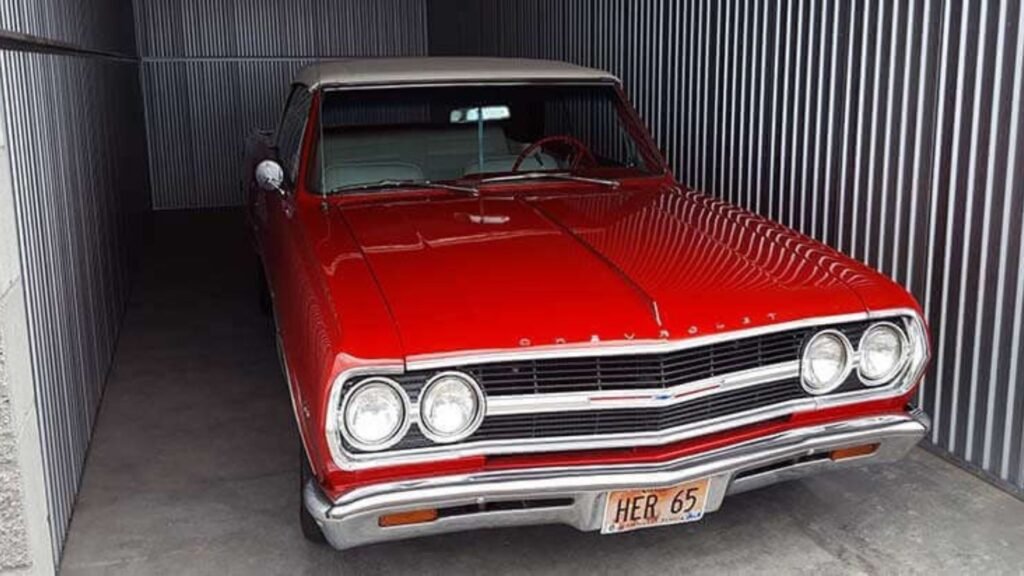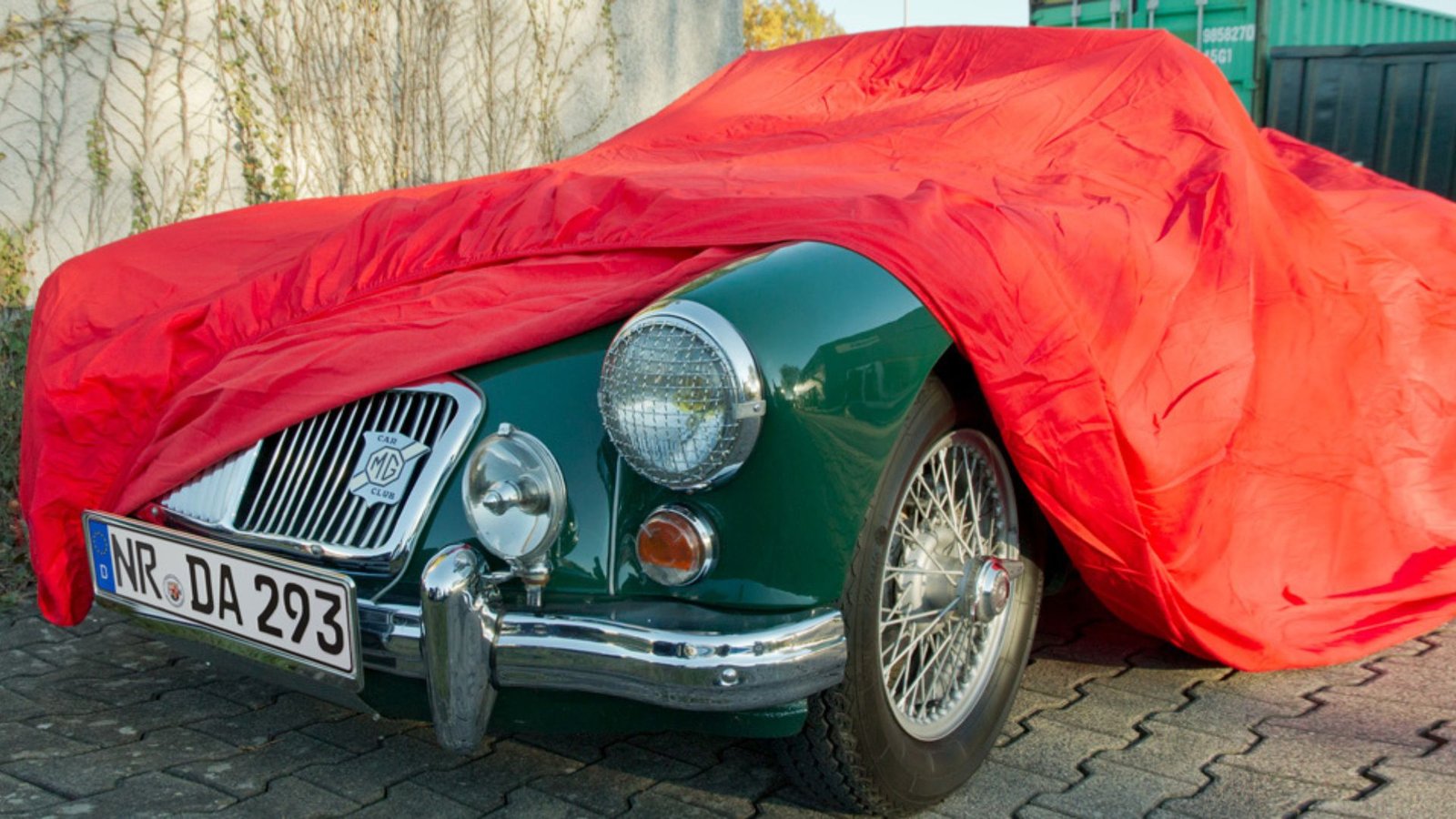Storing Vintage Cars Properly
Storing vintage cars properly is essential to maintaining their beauty and functionality for years to come. Whether you own a classic car for personal enjoyment or as a valuable investment, proper storage techniques are crucial. In this article, we’ll share tips and best practices for storing vintage cars properly to ensure they remain in pristine condition. From choosing the right location to regular maintenance, these tips will help you protect your cherished vehicle.
Choose the Right Storage Location
The first step in storing vintage cars properly is selecting the right storage location. Ideally, you should store your classic car in a garage or a dedicated storage facility that offers protection from the elements. Exposure to harsh weather conditions, such as rain, snow, and extreme temperatures, can cause significant damage to your car’s exterior and interior. A controlled environment, such as a climate-controlled garage, helps prevent rust, mold, and deterioration of upholstery. If you don’t have access to a climate-controlled space, at least ensure the storage area is dry, clean, and secure from potential threats like theft or vandalism.

Clean the Car Thoroughly Before Storage
Before storing your vintage car, it’s crucial to clean it thoroughly. Dirt, dust, and grime can damage the paint and finish if left on the car for extended periods. Start by washing the car’s exterior with a mild soap and water solution, paying special attention to areas where dirt accumulates, such as wheel wells and undercarriages. After washing, dry the car completely to prevent moisture buildup. Additionally, clean the interior, vacuum the carpets and seats, and wipe down all surfaces. A clean car not only looks better but also prevents potential damage from contaminants.
Apply a Protective Wax Coating
Applying a protective wax coating is another essential step in storing vintage cars properly. Waxing the car’s exterior provides a layer of protection against dust, moisture, and UV rays, which can cause paint to fade and crack over time. Use high-quality car wax and follow the manufacturer’s instructions for the best results. After applying the wax, allow it to dry, and then buff the car to a shine. This extra step helps maintain the car’s appearance and protects the paint from potential damage while in storage.
Maintain the Battery
When storing vintage cars for an extended period, maintaining the battery is crucial. A car’s battery can lose its charge over time, especially if the vehicle is not driven regularly. To prevent the battery from dying, consider using a battery maintainer or trickle charger. These devices keep the battery charged without overcharging it, ensuring that your car is ready to start when you’re ready to take it out of storage. Alternatively, you can disconnect the battery to prevent it from draining, but remember to store it in a cool, dry place.
Check and Change Fluids
Storing vintage cars properly involves checking and, if necessary, changing the car’s fluids before storage. Oil, coolant, brake fluid, and transmission fluid can degrade over time, leading to corrosion and damage to the engine and other components. Before storing your car, change the oil and filter, and top off the coolant, brake, and transmission fluids. If the car will be stored for a long time, consider using a fuel stabilizer to prevent the gasoline from breaking down and causing engine issues.
Protect the Tires
Tire care is an important part of storing vintage cars properly. Over time, tires can develop flat spots if the car is not moved. To prevent this, inflate the tires to the recommended pressure and check them regularly. If possible, consider placing the car on jack stands to relieve the weight from the tires and suspension. This not only prevents flat spots but also reduces the stress on the suspension components, keeping them in better condition.
Use a Quality Car Cover
A high-quality car cover is a must for storing vintage cars properly. Even in a garage, dust and debris can settle on the car’s surface, leading to scratches and other damage. Choose a car cover made from breathable material that fits your car snugly. A breathable cover allows moisture to escape while keeping dust and dirt away from the car’s surface. Avoid using plastic covers, as they can trap moisture and cause rust and mold.
Regularly Start the Engine
If possible, start the engine of your vintage car regularly, even when it’s in storage. Running the engine allows oil to circulate and lubricate the engine components, preventing them from seizing up. Additionally, starting the car helps maintain the battery and prevents fuel from deteriorating. If you can’t start the car, at least turn the engine over a few times to keep it in good working order.
Monitor the Storage Environment
Keeping an eye on the storage environment is key to storing vintage cars properly. Regularly check for signs of moisture, mold, or pests that could harm your car. Using a dehumidifier can help maintain a dry environment, reducing the risk of rust and mold. Also, consider using rodent repellents to prevent animals from nesting in the car’s engine bay or interior.
Conclusion
Storing vintage cars properly is essential for preserving their beauty and functionality. By choosing the right location, cleaning the car, maintaining the battery, checking fluids, protecting the tires, using a car cover, and monitoring the environment, you can ensure your classic car stays in top condition. Following these tips will help you enjoy your vintage car for many years to come, keeping it ready to hit the road whenever you are.

